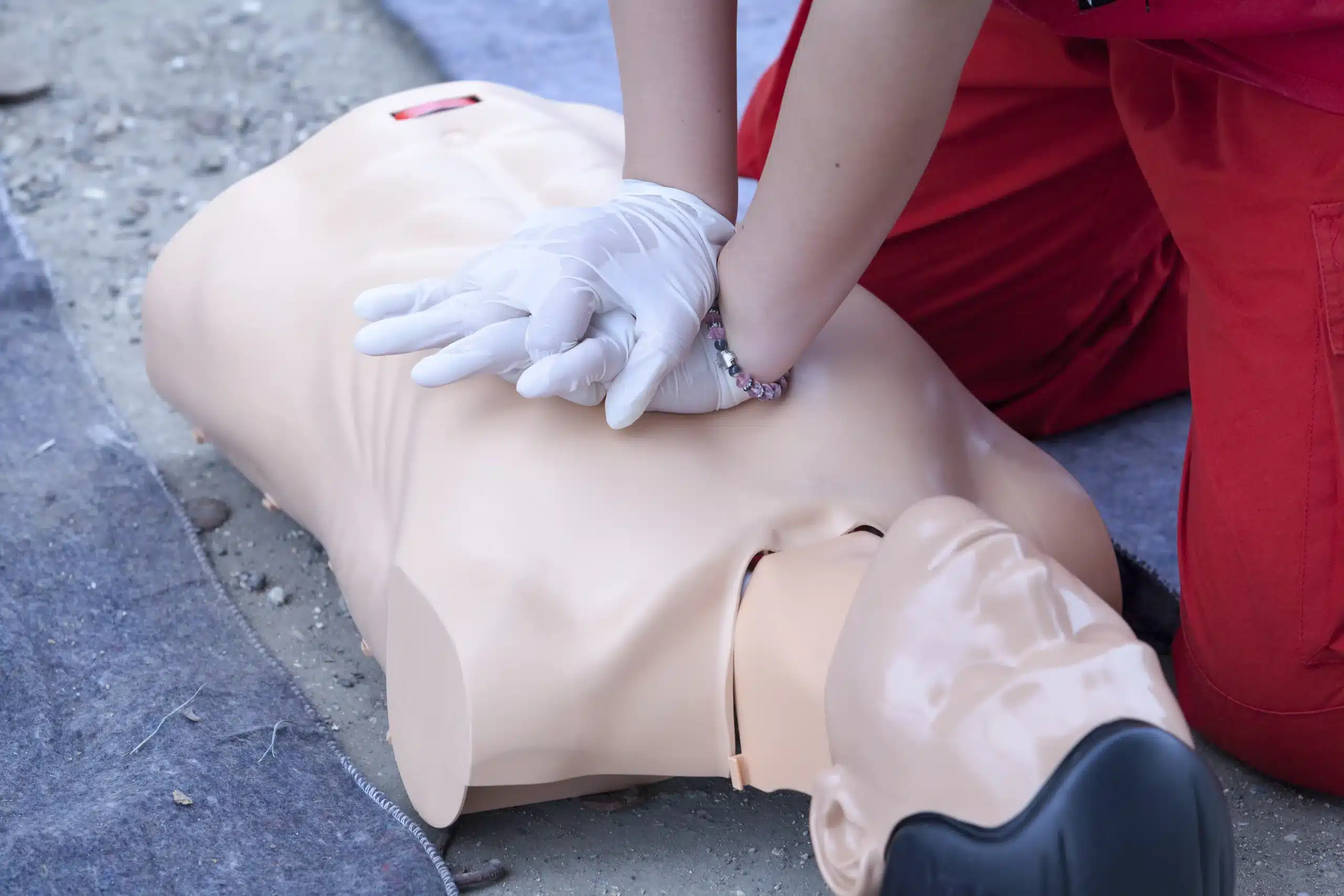Busting CPR Myths and Saving Lives
Cardiopulmonary Resuscitation, commonly known as CPR, is a critical life-saving skill. However, many myths surround it. Misunderstandings can lead to hesitation or errors during emergencies. This blog aims to debunk common CPR myths, clarify misconceptions, and arm you with accurate knowledge. Whether you’re a first-aid novice or an experienced responder, understanding these truths can prepare you to act confidently when every second counts.
Myth 1: CPR is Only for Professionals
Contrary to popular belief, anyone can perform CPR. You don’t need medical training to save a life. Bystanders often hesitate, thinking they’re not qualified. But in reality, immediate action helps. Safety Training Seminars offers American Heart Association (AHA) courses for laypersons. These programs teach essential steps simply and effectively. Remember, doing something is always better than doing nothing in an emergency.
Myth 2: Mouth-to-Mouth is Always Necessary
Another widespread belief is that mouth-to-mouth resuscitation is a must. However, hands-only CPR is effective for many situations. The AHA states that compression-only CPR is sufficient for adults who collapse in public. This approach focuses on chest compressions, keeping blood circulation steady. It’s especially useful if you’re uncomfortable with mouth-to-mouth contact. Initiating chest compressions immediately can sustain vital organ functions until help arrives.
Myth 3: You Can Harm the Person by Performing CPR
Fears of causing harm often deter people from performing CPR. Concerns about broken ribs or other injuries are understandable. Yet, the potential benefits far outweigh the risks. CPR significantly increases survival chances after cardiac arrest. While rib fractures might occur, they are treatable. Conversely, not acting can lead to irreversible damage or death. It’s crucial to prioritize life over possible injuries.
Myth 4: Only Heart Attack Victims Require CPR
Many assume CPR is only for heart attack victims. In truth, it assists in various emergencies. Drowning, choking, and overdose scenarios may also require CPR. It maintains blood flow and oxygenation across different situations. Understanding this broad applicability ensures readiness. Being versatile in your response can make a significant difference.
Myth 5: CPR Always Revives the Victim Instantly
Movies often depict CPR as an immediate fix. But real-life outcomes differ. CPR doesn’t always restart the heart promptly. Instead, it maintains circulation until advanced care is available. Knowing this prevents unrealistic expectations. Your intervention buys time, increasing the likelihood of survival once professional help arrives.
Myth 6: You Must Follow a Beat When Performing CPR
The notion of following a specific rhythm prevents some from attempting CPR. While maintaining a steady beat is beneficial, perfection isn’t necessary. Aim for about 100-120 compressions per minute. The song “Stayin’ Alive” by the Bee Gees offers an appropriate rhythm. However, focus on delivering consistent compressions over perfect timing. The key is to keep blood flowing effectively.
Myth 7: CPR is Ineffective Without Equipment
Some believe CPR requires equipment to be effective. Basic CPR requires no tools. Your hands alone can sustain essential blood circulation. AEDs (Automated External Defibrillators) enhance CPR but aren’t mandatory. Many public spaces have AEDs available. If one is nearby, retrieve it. However, prompt CPR is critical, regardless of equipment.
Myth 8: Children Need Different CPR Techniques
While children’s physiology differs, the basics of CPR remain similar. Use less force for infants and small children to avoid injury. For infants, use two fingers for compressions. Older children require one or two hands, depending on size. Remember, the goal is to maintain circulation. Don’t hesitate to perform CPR on a child when needed.
Myth 9: CPR Certification is Permanent
Another myth is that CPR certification lasts forever. In reality, skills need regular refreshing. CPR guidelines evolve. Updated courses ensure familiarity with current practices. Re-certification typically occurs every two years. Stay informed and confident by keeping your skills up-to-date.
Myth 10: Legal Liability Prevents Bystanders from Performing CPR
Fear of legal consequences stops some from helping. In many regions, Good Samaritan laws protect those who assist in emergencies. These laws apply if actions are reasonable and in good faith. The intention to save a life provides strong legal defense. Don’t allow liability concerns to prevent you from helping.
Myth 11: All CPR Courses are Identical
Not all CPR courses are the same. Some focus on layperson skills, while others target healthcare professionals. Different levels of training suit various needs. Choose a course that aligns with your role and responsibilities. Consider online or in-person options for convenience. Ensure your training meets your specific requirements.
Conclusion
CPR myths can hinder prompt and effective action during emergencies. Understanding the facts empowers you to respond confidently. Remember that doing something is always better than doing nothing. By addressing these myths, you’re better equipped to save a life. For more information and resources, consider taking a CPR course today. Your knowledge could make the difference between life and death.






